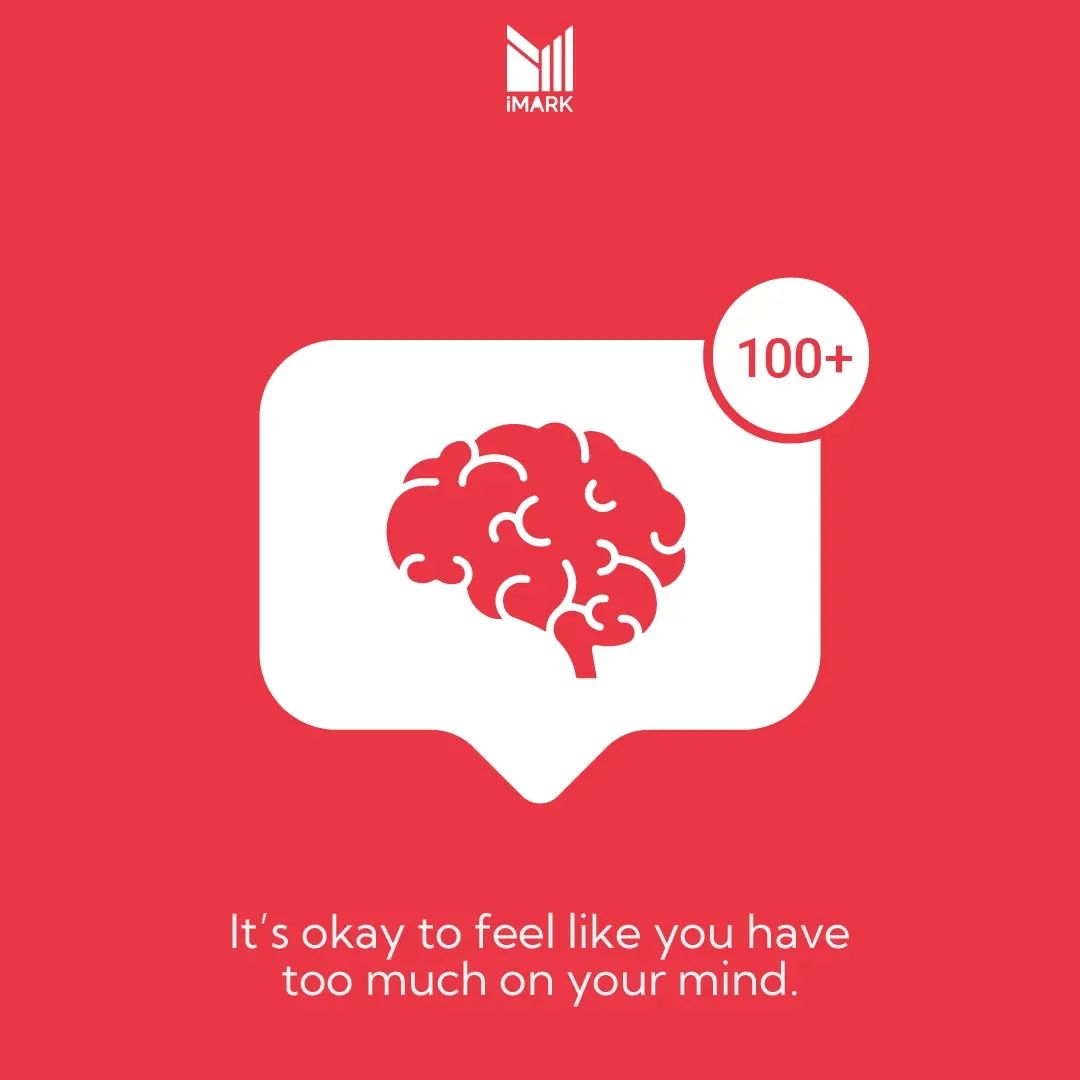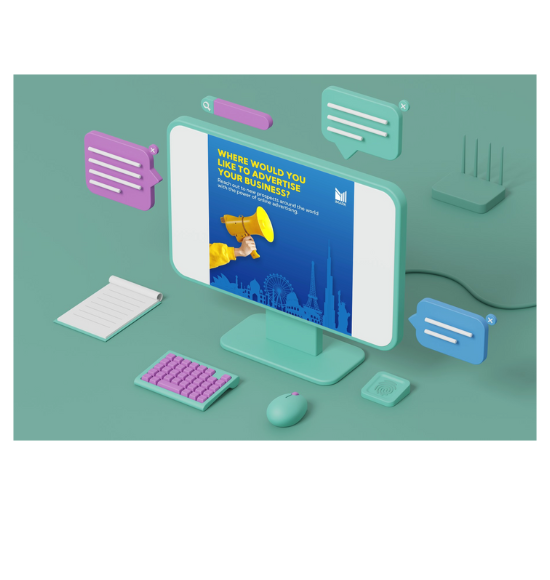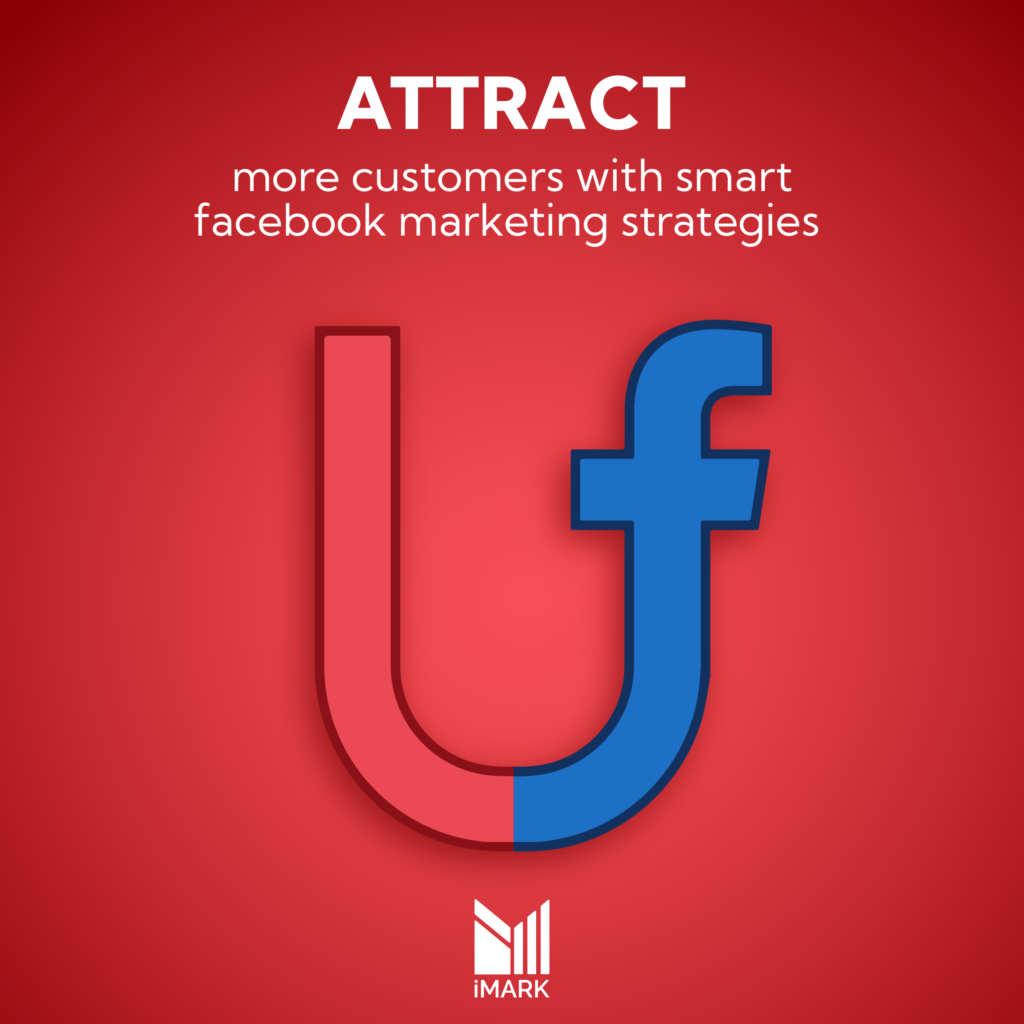In today’s dynamic digital marketing landscape, understanding your customers’ journey is key to unlocking higher conversion rates and long-term business success. Whether you’re a small local business or a multinational brand, mapping this journey helps you tailor marketing strategies that resonate with potential buyers at each stage of the process.
In this blog, we’ll dive deep into the customer journey—from the initial spark of awareness to that crucial moment of conversion—and how businesses can optimize each stage for maximum results.
What is the Customer Journey?
The customer journey refers to the steps a potential customer takes from the moment they become aware of your brand to the point of making a purchase. It’s a path that involves multiple touchpoints, each with its own set of challenges and opportunities. Understanding this journey is essential because no customer takes a linear path—there are twists, turns, and distractions along the way.
Stage 1: Awareness
At this stage, the customer might not know much about your product or service. They may have a problem or a need, but they haven’t yet identified how your business can solve it. Marketing efforts should focus on educating and raising awareness.
Best Practices:
- SEO Optimization: Ensure your website is ranking for relevant search terms so potential customers can discover you when they search for solutions.
- Social Media & Paid Ads: Use engaging and informative content like videos, blog posts, and ads to create awareness.
Pro Tip: Emphasize storytelling in your content. People remember stories more than facts. Introduce your brand in a way that resonates emotionally.
Example Video: How to Increase Awareness with Digital Marketing
Stage 2: Consideration
Now that the customer knows about your brand, they will begin comparing your product or service with others. At this stage, they are seeking validation. Your goal here is to build trust and authority.
Best Practices:
- Content Marketing: Post case studies and blogs showcasing your expertise.
- Testimonials & Reviews: Leverage positive customer feedback to validate your claims.
- Strategies : Always implement dynamic strategies to suit your needs.
Tip: Use remarketing campaigns to stay at the top of your prospect’s mind. A friendly reminder can significantly boost conversions during the consideration phase both on Google as well as Meta.
Example Video : Content that Converts
Stage 3: Decision
This is the critical stage where the customer is ready to make a purchase decision. The main focus should be to remove any last-minute friction that could prevent them from converting.
Best Practices:
- Landing Page Optimization: Ensure your website has clear CTAs (Calls to Action), and your landing page is optimized for conversions.
- Offers & Incentives: Provide limited-time discounts or free trials to sweeten the deal.
Real-World Example: Add high-quality photos of your product in action or customer testimonials directly on the product page.
Stage 4: Conversion
The customer makes the purchase, and your efforts have paid off. However, the journey doesn’t end here. A post-purchase strategy is essential for building loyalty and generating repeat customers.
Best Practices:
- Personalized Follow-ups: Use email marketing to offer personalized product recommendations or “thank you” messages.
- Upselling & Cross-selling: Suggest complementary products or services that align with their purchase.
Pro Tip: Loyalty programs and referral discounts are excellent ways to ensure that customers return.
The Importance of Mapping the Customer Journey
By understanding the customer journey, businesses can craft tailored marketing strategies that hit the right note at each stage. Each touchpoint provides an opportunity to engage, educate, and build trust with your potential clients.
Common Pitfalls to Avoid
- Ignoring Data: Always use data to track and optimize the customer journey. Analytics helps refine strategies at each stage.
- One-size-fits-all Marketing: Customize your approach based on the individual needs of customers in different stages.
- Not Following Up: Neglecting post-purchase engagement can lead to lost opportunities for customer retention.
Why iMark?
At iMark, we understand the intricacies of the customer journey and tailor our strategies to each client’s unique needs. We help you not only raise awareness but also build trust, nurture leads, and drive conversions. Whether you’re a small business or a large enterprise, our data-driven approach ensures every stage of your customer’s journey is optimized for success.
Roadmap: How to Get Started
- Awareness: Begin by creating engaging content that tells your story.
- Consideration: Build trust with consistent, valuable content and social proof.
- Decision: Optimize your website and offer incentives to close the deal.
- Conversion: Don’t forget about customer retention through personalized follow-ups.
Recommended Visuals
- Awareness Stage: Use an image showing a digital marketing team brainstorming creative ad campaigns.
- Consideration Stage: A chart comparing your services with competitors.
- Decision Stage: A screenshot of a beautifully optimized landing page.
- Conversion Stage: A happy customer giving feedback, which emphasizes trust-building.
By focusing on each stage of the customer journey, you’ll not only attract potential clients but also build lasting relationships. Let iMark guide you through this process with our expert strategies. Reach out to us today and let’s start optimizing your customer journey together.








